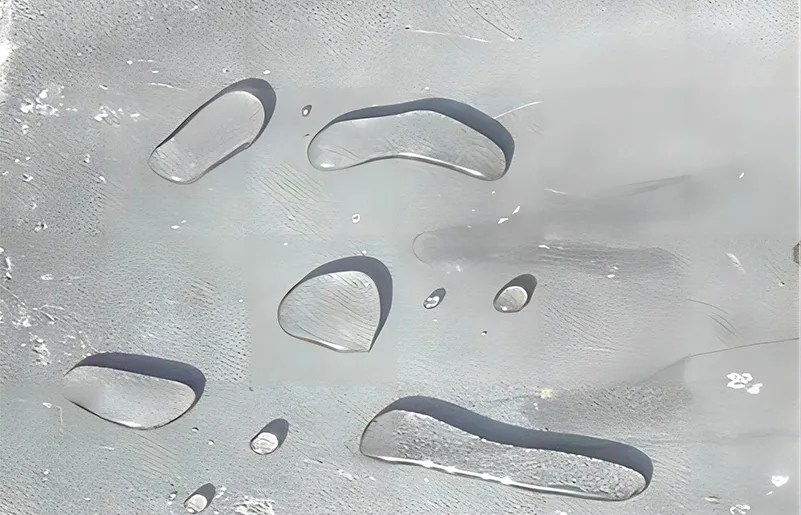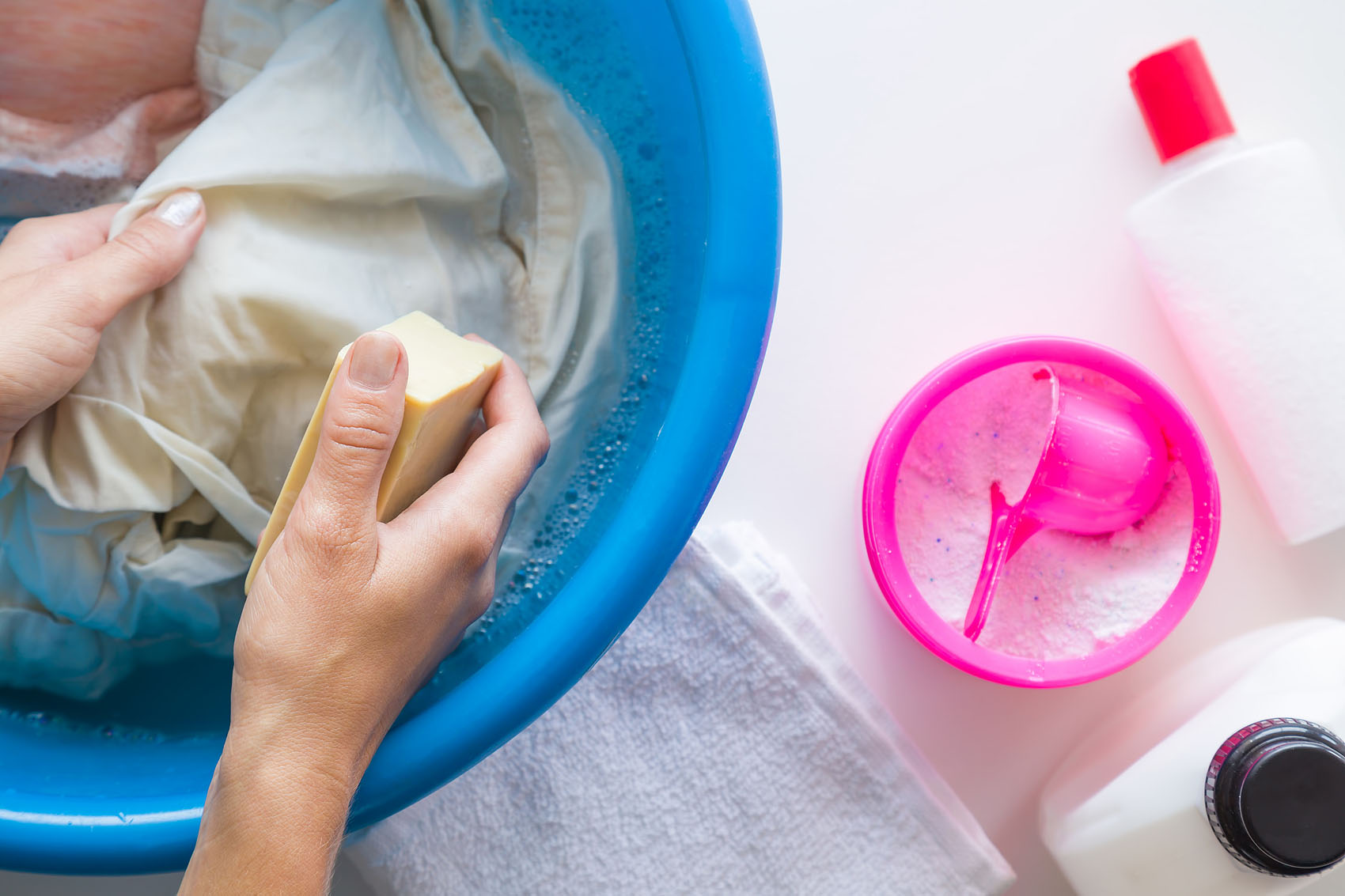Blog

The Key Differences Between Polycarboxylate Superplasticizers and Traditional High-Range Water Reducers
Among all categories of superplasticizers, Polycarboxylate Ether (PCE) Superplasticizers have emerged as the most advanced and widely adopted generation.

Putty Powder Bubbling and Cracking? The Key Lies in Deep Optimization of Cellulose Ether Formula
Bubbling and cracking after putty powder application are common stubborn issues that trouble many painters and homeowners. These problems not only affect wall aesthetics

The Future of Waterproof Mortar: How Advanced Additives Create Superior Water-Resistant Performance
Waterproof mortar has become an essential material in modern construction, playing a critical role in ensuring structural durability, safety, and long-term performance. In

Synergistic Effects of Starch Ether in Gypsum-Based Mortars
In the field of building dry-mix mortars, gypsum-based mortars are widely used due to their advantages such as fast setting, fire resistance, thermal insulation,

Advantages of Gypsum-Based Self-Leveling Mortar and How to Achieve Good Construction Results
Self-leveling gypsum, also known as gypsum self-leveling mortar or simply gypsum self-leveling, is a dry powder material specifically used for indoor floor leveling. It

Tenessy® Cellulose Ether: Redefining the Stability and Sensory Experience in Cosmetics and Toiletries Formulations
In the world of formulations that consumers never see, there is a “smart molecule” derived from natural fibers, quietly driving skincare products to be

The Future of Water-Based Coatings: How HEC Transforms Formulation and Performance
In tile installation, “open time” refers to the period after the tile adhesive is troweled onto the substrate, during which effective tile fixing can

Hydroxyethyl Cellulose (HEC) in Antifreeze Applications
In tile installation, “open time” refers to the period after the tile adhesive is troweled onto the substrate, during which effective tile fixing can

Why do CMC, HEC, and HPMC perform differently in daily chemical and cleaning products? Which one is worth choosing?
In tile installation, “open time” refers to the period after the tile adhesive is troweled onto the substrate, during which effective tile fixing can


